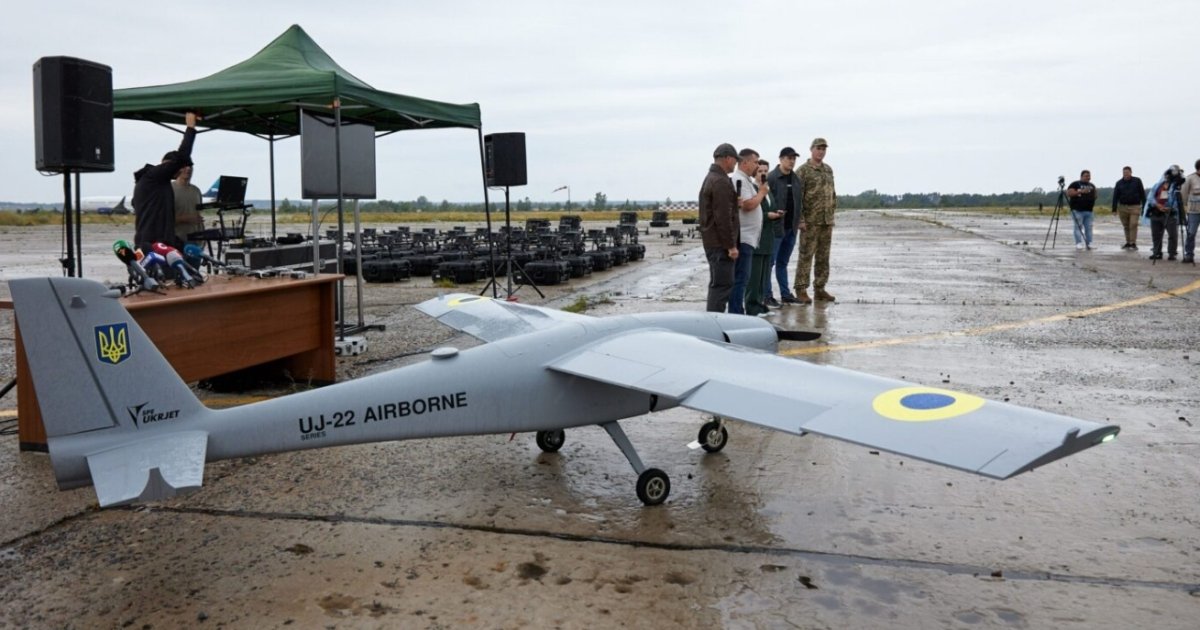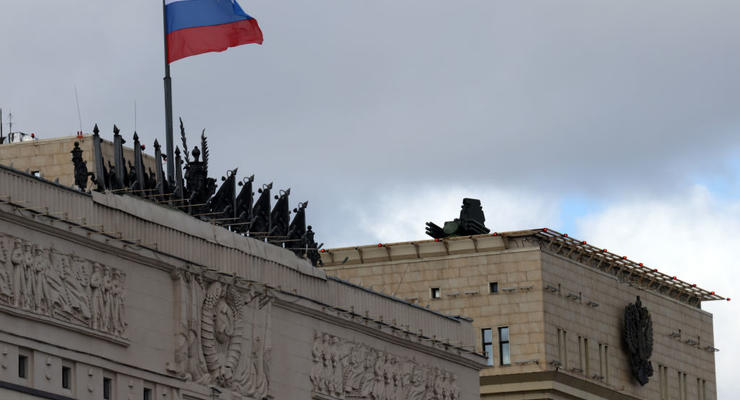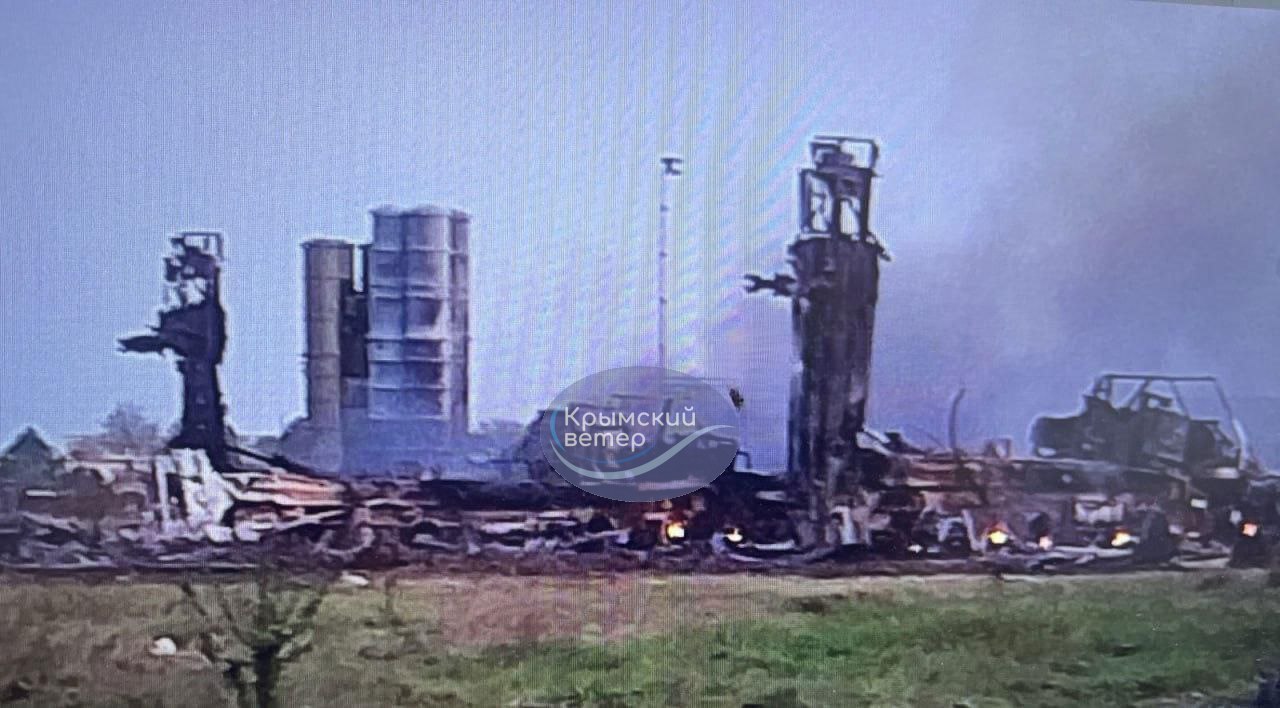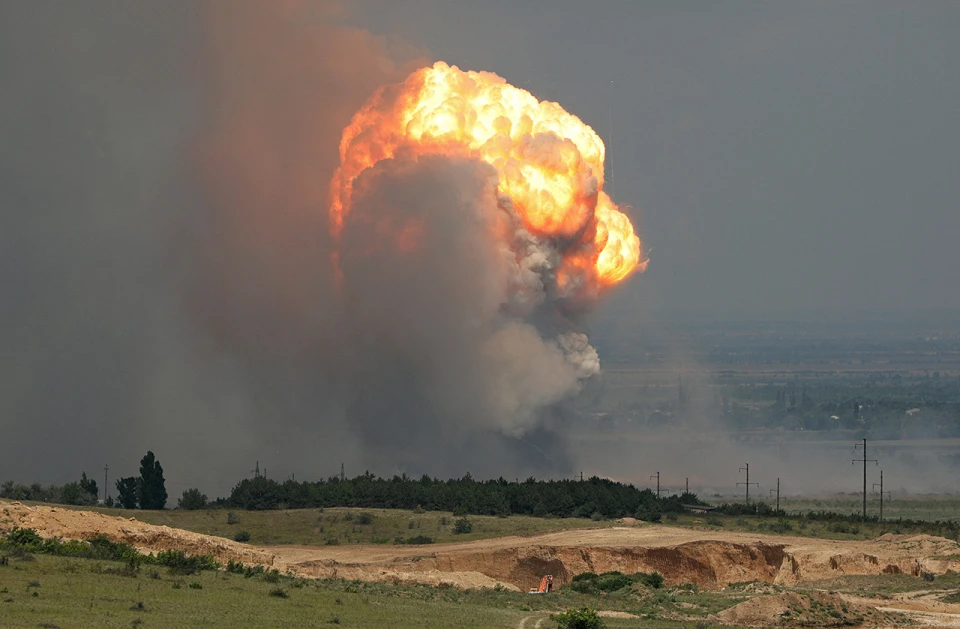Tatarstan, Kuban, Leningrad region… This is not a complete list of Russian territories where Ukrainian drones have recently started to fly, causing significant losses to the enemy. After all, their strikes hit both military economy facilities that provide Russia with high financial revenues and are involved in providing the Russian army with resources for combat operations (refineries, oil and gas terminals, oil storage facilities, etc.) and military targets.
Ukrainian drones will fly beyond the Urals
From January to April of this year alone, 48 facilities were damaged by Ukrainian airstrikes. Since January 2024, Ukrainian drone strikes have hit at least 29 oil, gas, and metallurgical facilities, oil terminals, and storage facilities; at least 19 military and defense facilities, including airfields in Russia. The geography of these strikes is expanding. From the border regions of Kursk, Belgorod, and Bryansk, Ukrainian drones began to fly further into Russia. In particular, on January 21, an oil and gas terminal in the Leningrad region was hit at a distance of more than 1,000 kilometers, and on April 2, an enterprise in Elabuga (Tatarstan), where Russian-Iranian Shahed drones are assembled, was hit. And this, the Ukrainian Defense Forces assure, is not the limit: the range of Ukrainian drones will potentially increase to 3,000 kilometers in the near future, allowing them to hit targets beyond the Urals.
At the same time, the frequency and number of drones used are also steadily increasing. According to the Russian Ministry of Defense, on April 5, the night of the attack on Russian airfields in Morozovsk and Yeysk, Ukrainian special services used at least 53 drones at once. In total, over the past four months, Ukraine has used 8 different unmanned aerial vehicles, including 2 jet aircraft.
The ability to launch such “swarms” of drones depends on their production, which is steadily increasing. Thus, in 2023, the level of UAV production and deliveries in Ukraine increased more than 120 times, and this is part of a larger military effort to develop and produce drones aimed at closing the gap with Russia’s strike capabilities. Currently, there are at least 10 Ukrainian manufacturers that successfully produce medium- and long-range UAVs. Last November, it was reported that one of them launched mass production of a kamikaze drone with a range of 1,000 kilometers.

A Ukrainian UJ-22 drone at the airfield. Photo: dev.ua
The Ukrainian government expected to launch the production of more than 10,000 medium-range drones and more than 1,000 drones with a range of more than 1,000 kilometers this year. Already in February 2024, Minister of Strategic Industries Oleksandr Kamyshyn announced that Ukraine had caught up with Russia in the production of UAVs, which are similar in characteristics to the Russian-Iranian Shahed.
“Ukraine has a plan aimed at reducing the potential of the Russian Federation, which covers the aggressor’s military industry, critical military targets, airfields, enemy command and control points, etc.”
Defense Intelligence Chief of Ukraine, Kyrylo Budanov told The Washington Post after the strike on the airfield in Dzhankoy.
According to the intelligence chief, the transfer of the war to Russian territory directly affects the situation on the Ukrainian front. Budanov also noted that Ukraine is planning new drone attacks, as well as cross-border attacks by Russian volunteers operating inside Russia with the support of the DIU, to demonstrate Putin’s inability to defend his territory.
Challenges for Russian air defense
Strikes deep into Russian territory are becoming a serious problem for the Russian authorities. First of all, because of the direct damage they cause to oil and gas industry facilities, the defense industry, and military targets. For example, as a result of strikes on Russian refineries, the loss of capacity of Russian refineries is 10% or more compared to last year. As a result of the attack on April 5 on the Russian military airfield Morozovsk in Rostov region, where frontline bombers Su-27 and Su-34M were based, which the Russian Aerospace Forces use to drop CABs on the positions of the Armed Forces and frontline cities, at least 6 enemy aircraft were destroyed.
However, the Kremlin is now facing another equally acute problem related to the location of its air defense systems. Russia’s size has long been its strategic advantage, as Ukraine did not have the forces and means to strike targets more than 100-160 kilometers from the border. With the scaling up of the number of drones and their maximum flight range, Ukraine is countering the increased use of drones with Russian strategic depth. As a result, the size of Russian territory is turning from an advantage to a disadvantage, increasing the risk of hitting new targets in other regions of the European part of Russia.
This is due to the fact that it is quite problematic to cover such a territory with the air defense systems available in Russia. Currently, more than 50 Pantsyr air defense systems are used to protect against UAV attacks. After the intensification of attacks on refineries, Russia raised the issue of installing electronic warfare systems at industrial facilities, primarily at the expense of their owners, as the required number of SAMs is not enough to cover all such critical enterprises. Russia is also currently creating mobile air defense groups, similar to the Ukrainian ones, which will be armed with ZU-23-2 anti-aircraft guns on trucks and heavy machine guns on pickup trucks. However, all these efforts will not be able to fully counteract drones effectively, as already noted, due to the large dispersion of air defense facilities in Russia. As a result, the Russian leadership may face a choice: to protect the air over military formations along the occupied territory of Ukraine or to additionally protect its own infrastructure in Russia.

Pantsir-S1 air defense system on the roof of the Russian Defense Ministry. Photo: Getty Images
It is worth recalling that at the beginning of the year, the Kremlin already had to move air defense systems to Moscow and Crimea from other regions of Russia, including at least the Far East. And, probably, even earlier, S-400 air defense systems were transferred from the Kaliningrad region to replace the losses of such systems in the war in Ukraine.
Such a stretch of Russian air defense systems affects not only the protection of objects in the sky, but also the cover of targets in the air, which without these systems become defenseless. It is worth mentioning here the massive downing of Russian Su-34 bombers in early 2024, when 13 aircraft were shot down. Another significant blow was the downing of two Russian A-50U long-range radar detection aircraft and an IL-22 airborne control center. On April 19, 2024, for the first time since the full-scale invasion, a Russian Tu-22M3 long-range strategic bomber carrying X-22 cruise missiles was destroyed, as well as the missiles themselves. The aircraft was hit by a Ukrainian air defense missile at a distance of 300 km from Ukrainian border.
“Derussification” of Crimea
We assume that a certain number of SAM systems have already been moved from the TOT of Ukraine to the Russian Federation and remained without cover. Over the past week alone, 4 facilities behind enemy lines in the occupied territories were hit. Among them is the headquarters of the “Centre” military group in Luhansk. Among other things, as a result of a successful operation by the Armed Forces of Ukraine under the command of Oleksandr Syrskyi, the airfield in Dzhankoy in Crimea was attacked, where, according to the DIU, 4 S-400 launchers, 3 radar stations, an air defense control center, and airspace surveillance equipment “Fundament-M” were destroyed. For the first time in a long time, the strike was carried out with seven missiles of the MGM-140 ATACMS tactical missile system, which the United States handed over to Ukraine in the amount of 20 pieces with a cassette warhead in the autumn of 2023. With the adoption of a new $60 billion military and financial assistance package by the US Congress in April 2024, it is safe to say that there will be more such strikes.
In general, Crimea has become a special target for air strikes on critical facilities for Russia. Since the beginning of the year, at least 6 military targets have been hit on the peninsula. Among them: The 222nd communication center of the 31st Air Defense Division, the underground command post and communication center of the Saki airfield, the radar base of the Belbek airfield, the main special communications center of the Russian Black Sea Fleet, and the previously mentioned airfield in Dzhankoy. The strikes occur despite the fact that Russia pays special attention to the defense of the peninsula, both in the air and on the water, but this still does not help the occupiers.

Photo of destroyed S-400 air defense missile launchers at Dzhankoy airfield. Photo: Crimean Wind
The systematic activity of the Ukrainian Armed Forces in this area is an integral part of the de-occupation of southern Ukraine and Crimea. And the tactic of “a thousand cuts”, which Ukraine uses when striking at Russian territory, significantly weakens the enemy’s defense potential.
With such attacks, Ukraine is clearing the battlefield for the use of Western F-16s. At the same time, by striking deep into Russia, the Ukrainian Armed Forces are “stretching” Russian air defenses capabilities. Under these conditions, Kyiv is fighting for a window of opportunity before the enemy can increase the protection of its targets with electronic warfare and form enough mobile fire groups that can be effective against drones. This window of opportunity must be seized, and it is a signal to Ukraine’s partners to speed up military assistance to give Ukraine an advantage.
The article was published in The Moscow Times

